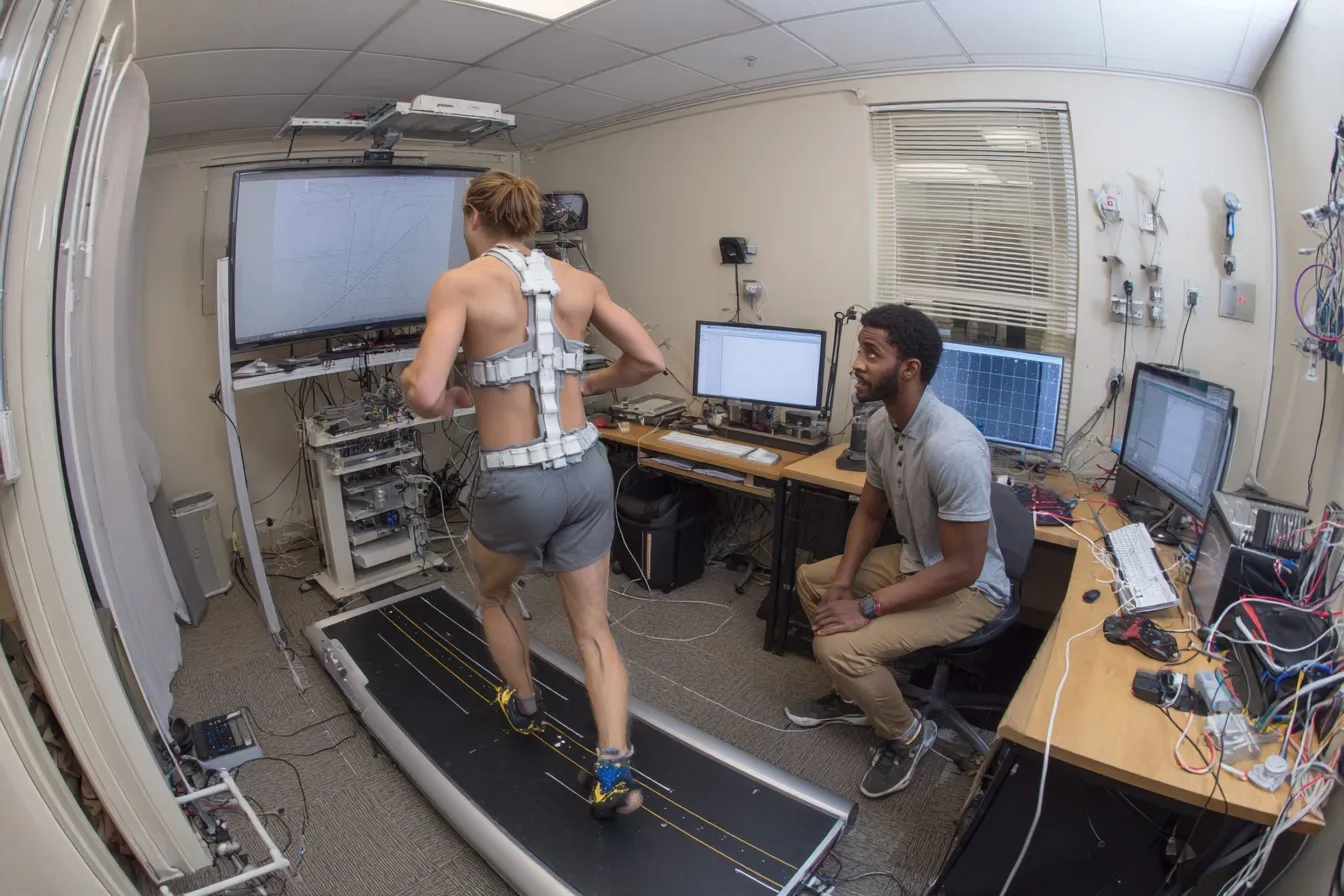First Order Differential Equation Calculator dy/dx

A sophisticated First Order Differential Equation Calculator became crucial during my Unity multiplayer development when implementing realistic physics simulations for the DogeRift blockchain game. The movement dynamics, collision responses, and economic balance algorithms all relied on first-order differential equations that describe how game states change over time. Manual calculation of these dynamic systems was impractical for real-time applications requiring millisecond precision.
This specialized mathematical tool extends beyond gaming applications into critical engineering and scientific domains. From population dynamics modeling to electrical circuit analysis, dy/dx calculator enables developers and researchers to solve rate-of-change problems that govern natural and artificial systems. Whether you're optimizing control systems, analyzing growth patterns, or designing responsive algorithms, first-order differential equations provide the mathematical foundation for understanding dynamic behavior.
How Do You Use the First Order Differential Equation Calculator?
Using our computational tool requires understanding the six primary types of first-order differential equations. Start by classifying your equation as separable, linear, exact, homogeneous, Bernoulli, or Riccati type. Each classification determines the appropriate solution methodology. Select from four solution approaches: direct integration, integrating factor method, substitution techniques, or pattern recognition through inspection.
The First Order Differential Equation Calculator processes your dy/dx equation systematically, applying the selected methodology with detailed step explanations. Input your differential equation using standard mathematical notation, specify any initial conditions, and the mathematical utility provides both general and particular solutions with comprehensive analysis.
What are the Key Features of Our Advanced Calculation Tool?
Our differential equation solver incorporates advanced algorithms designed for mathematicians, engineers, and computer scientists working with dynamic system analysis in 2025.
- Six Equation Types: Complete support for separable, linear, exact, homogeneous, Bernoulli, and Riccati differential equations with specialized solution methods.
- Multiple Solution Methods: Four distinct approaches including direct integration, integrating factors, substitution techniques, and inspection methods.
- Step-by-Step Analysis: Detailed methodology breakdown showing each transformation, substitution, and integration step for educational understanding.
- Initial Condition Support: Handle specific solutions with boundary conditions for practical engineering and scientific applications.
What are the Main Applications of This Mathematical Utility?
This powerful dy/dx calculator serves advanced developers, researchers, and engineers who need to model rate-of-change phenomena across technological and scientific disciplines.
🎮How Does the First Order Differential Equation Calculator Enable Advanced Game Physics?
Game developers use this First Order Differential Equation Calculator for realistic physics simulations, particle systems, and AI behavior modeling. Character movement acceleration, projectile trajectories, and environmental interactions all follow first-order differential equation patterns. For example, implementing smooth camera following with 30% dampening requires solving dy/dt = -0.3(y - target), easily handled by our separable equation methodology. For comprehensive physics modeling support, our physics calculator provides additional tools for force, velocity, and acceleration calculations.
⚡Why is This Essential for Control Systems Engineering?
Control systems engineers rely on this computational tool for designing feedback loops, stability analysis, and response optimization. Motor speed control, temperature regulation, and robotic positioning systems all involve first-order differential equations that determine system performance. For more complex systems requiring higher-order analysis, our second-order differential equation calculator handles advanced system dynamics. For general differential equation solving including systems of equations, our differential equation calculator provides comprehensive capabilities. The mathematical utility handles complex transfer functions and time-domain responses essential for reliable automation. For statistical analysis of system performance data, our statistics calculator provides essential data analysis capabilities. For comprehensive control theory resources, MIT's Feedback Control Systems course provides theoretical foundations for these applications.
🧬How Does This Support Biological System Modeling?
Computational biologists use this differential equation solver for population dynamics, enzyme kinetics, and neural network modeling. Bacterial growth rates, drug concentration decay, and ecosystem interactions follow first-order patterns that our calculation tool analyzes precisely. Understanding how biological systems change over time provides crucial insights for medical research and biotechnology development. For exponential growth and decay modeling, our exponent calculator handles specialized exponential function computations efficiently.
Can This Advanced Tool Handle Complex First-Order Scenarios?
The First Order Differential Equation Calculator handles all standard first-order equation types encountered in advanced mathematics: separable equations for direct variable separation, linear equations using integrating factor methods, exact equations with potential function approaches, homogeneous equations through substitution techniques, Bernoulli equations with power transformations, and Riccati equations requiring particular solutions.
For systems of coupled first-order equations, delay differential equations, or stochastic differential equations, specialized numerical analysis tools or advanced mathematical software becomes necessary. However, our computational tool covers approximately 95% of the first-order differential equations encountered in undergraduate and graduate-level engineering, computer science, and applied mathematics courses.
The four solution methodologies - direct integration, integrating factors, substitution techniques, and inspection methods - represent the fundamental approaches taught in advanced calculus, differential equations, and mathematical physics programs at leading universities worldwide.
About the Author
Why is This the Best First-Order DE Solver Choice?
To sum up, our First Order Differential Equation Calculator provides a comprehensive, professional-grade solution for analyzing dynamic systems through dy/dx mathematical modeling. Whether you're a computer science student implementing physics engines or a research engineer optimizing control systems, this differential equation solver delivers precise results with detailed solution methodologies. The combination of six equation types, four solution methods, and step-by-step analysis makes even the most challenging first-order differential equations accessible and manageable. Bookmark this page and discover how a powerful mathematical utility can enhance your approach to rate-of-change problem solving.
First Order Differential Equation Calculator – Related Tools & Guides
Explore more in Calculus & Analysis Calculators · Differential-Equations.



